Fake Persian Rugs? How to tell if a Persian rug is authentic? Spotting an authentic Persian rug can be daunting, especially with the abundance of imitation rugs flooding the market. In this comprehensive guide, we’re here to demystify the process and empower you with seven expert tips to help you distinguish a genuine Persian rug from the imitations.
What is a characteristic of Persian carpets?
A characteristic of Persian carpets is their intricate all-over patterns, featuring floral designs and occasionally animal or human figures, often with a central medallion. They display a range of colors, including soft pastels, muted reds, browns, and blues.
Additionally, Persian carpets are recognized for being fringed at both ends.
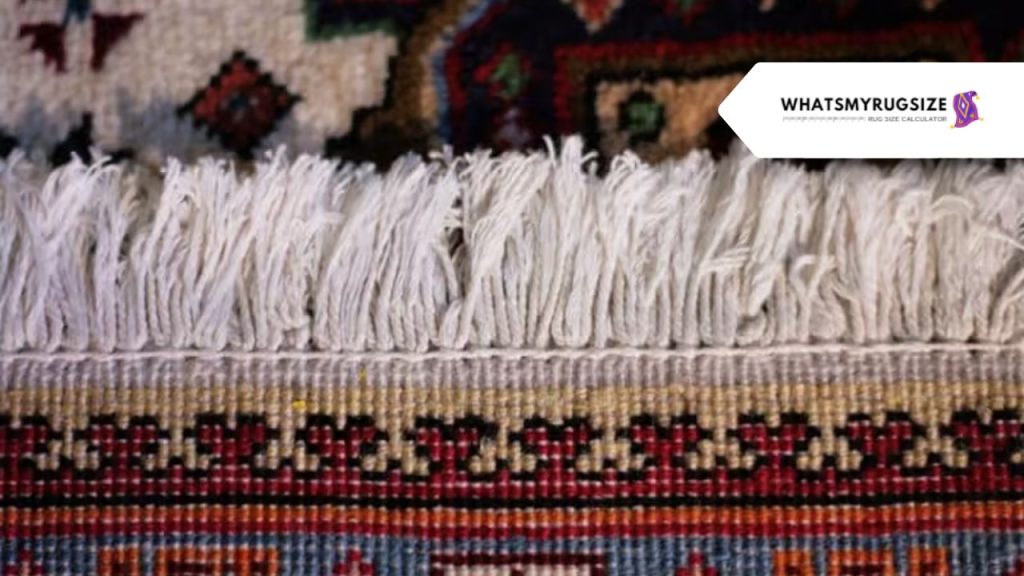
What does a Persian rug feel like?
A genuine Persian rug, known as “hand knotted,” has a distinctive feel and appearance on its underside. The back of the rug reveals the intricate pattern created by millions of knots. When touched, it feels soft and surprisingly flexible to the fingers.
How to tell if a Persian rug is authentic?
To spot an authentic Persian rug, follow these steps.
Confirm its origin in Iran, and examine the back for hand-knotted knots and a soft texture. Note imperfections and natural dye colors as signs of genuine craftsmanship. Check for materials like wool and a continuous fringe to ensure authenticity.
Whether you’re a seasoned collector or a curious novice, following these insights will equip you with the knowledge you need to make an informed purchase.
Tip 1: Verify the Origin to see if it’s Fake Persian Rugs
The first step in identifying an authentic Persian rug is to ensure it hails from the birthplace of these exquisite creations: Iran.
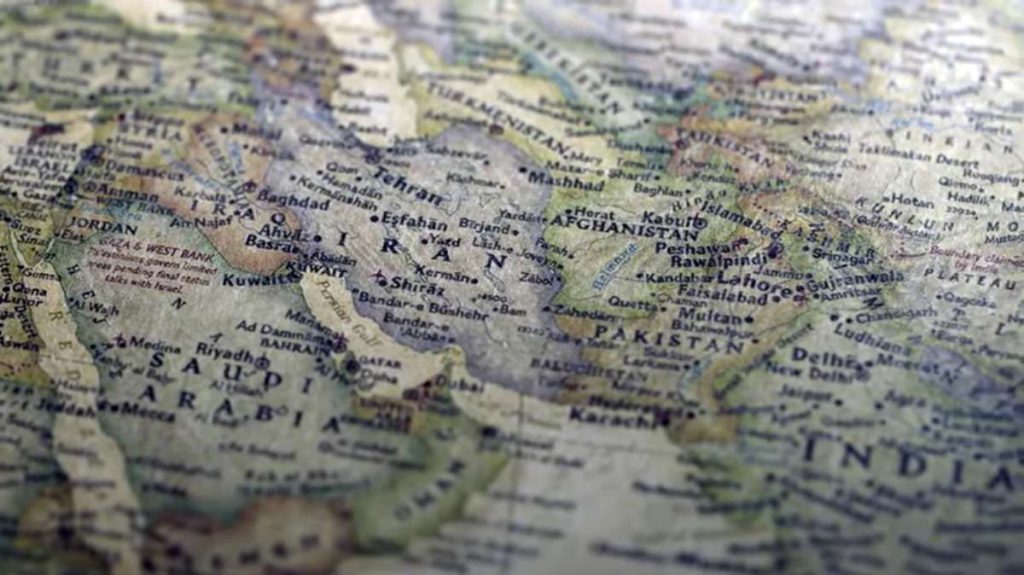
While neighboring countries like Pakistan, India, and China produce rugs that resemble Persian designs, only those originating from Iran can truly claim the title of an authentic Persian rug.
Examine the rug’s label, research the product attributes, or consult the seller to confirm its Iranian origin.
Tip 2: Has to be Hand-Knotted
An essential characteristic of genuine Persian rugs is that they are meticulously hand-knotted. To discern this craftsmanship, flip the rug and inspect its back.
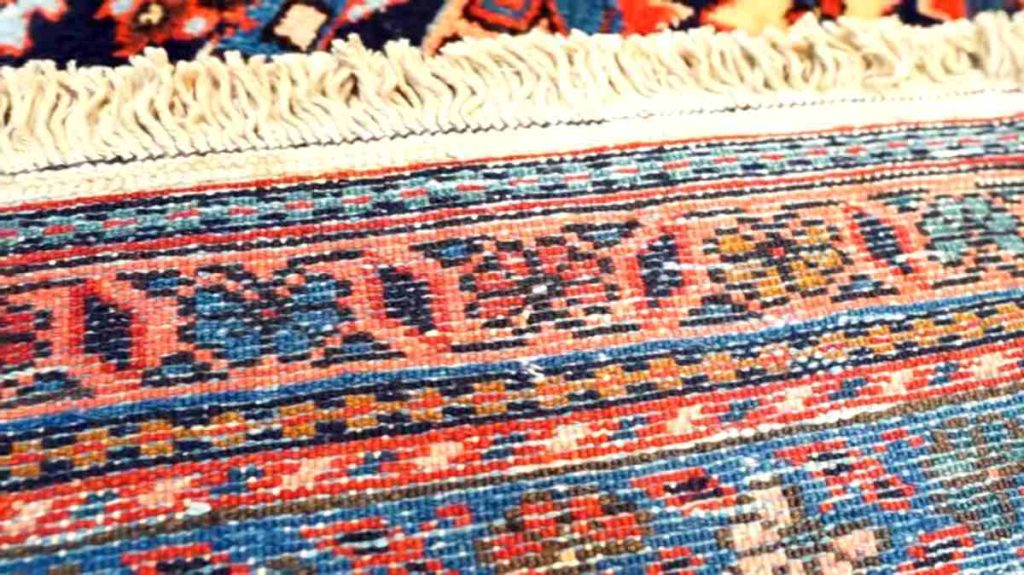
Authentic Persian rugs showcase a foundation adorned with woven knots, forming intricate patterns. Familiarize yourself with online comparison photos to refine your eye for identifying these knots.
Tip 3: Check the Back
Authentic hand-knotted Persian rugs feature a soft back compared to their machine-made or hand-tufted counterparts.
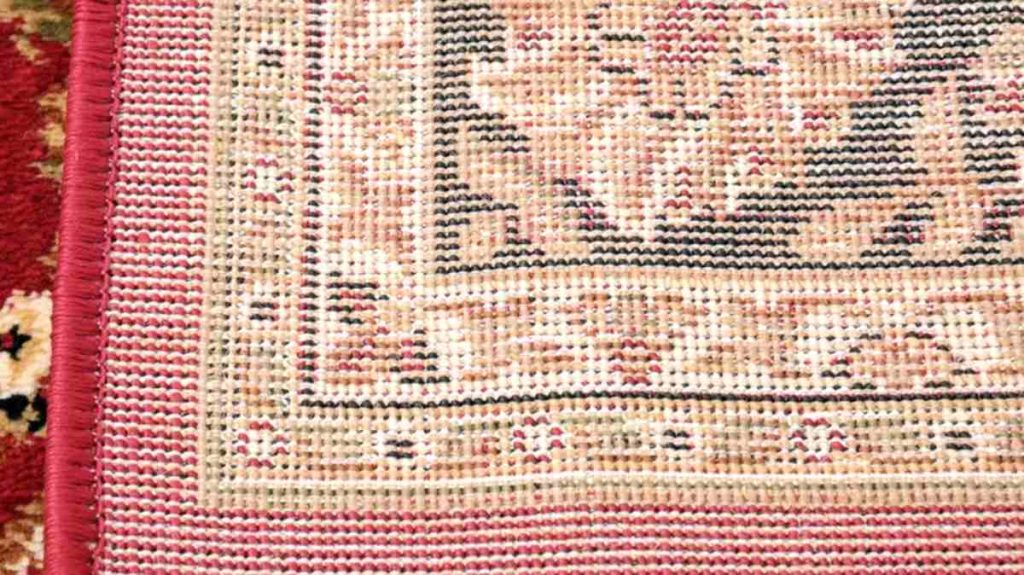
The back should exude a palpable softness while not as plush as the front. Look closely for visible knots and a material composition of cotton or silk – markers of genuine craftsmanship absent in machine-made rugs.
Tip 4: Find Imperfections
The uniqueness of handmade Persian rugs often translates into subtle imperfections, setting them apart from mechanized imitations.
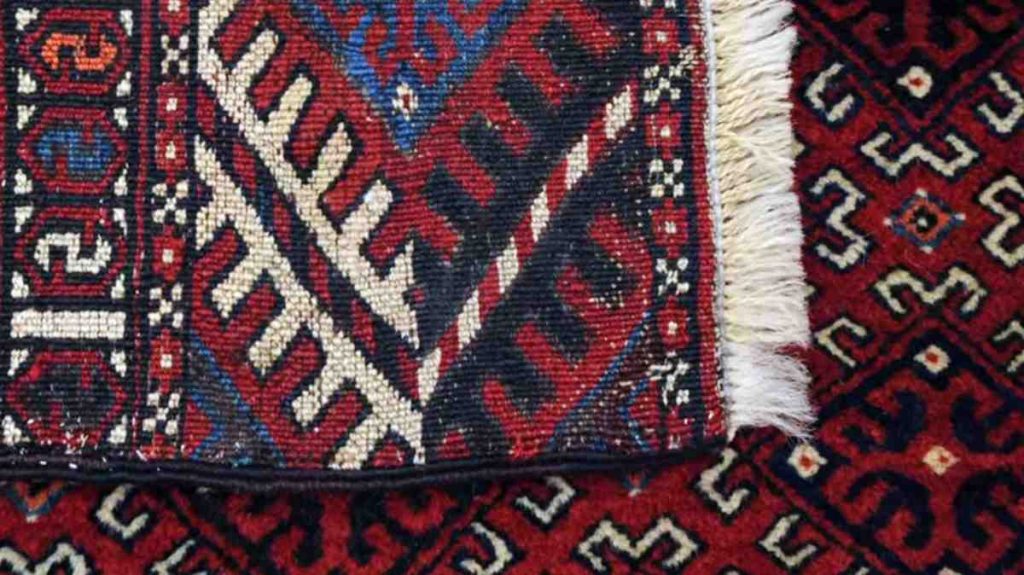
Variations in design, slight irregularities, and the occasional wavy alignment indicate human artistry. Perfection might suggest a machine-made rug, while authenticity lies in the handmade character.
Tip 5: Assess the Material
Genuine Persian rugs are primarily fashioned from wool or a blend of wool and silk for the pile. The foundation can be wool, cotton, or silk.
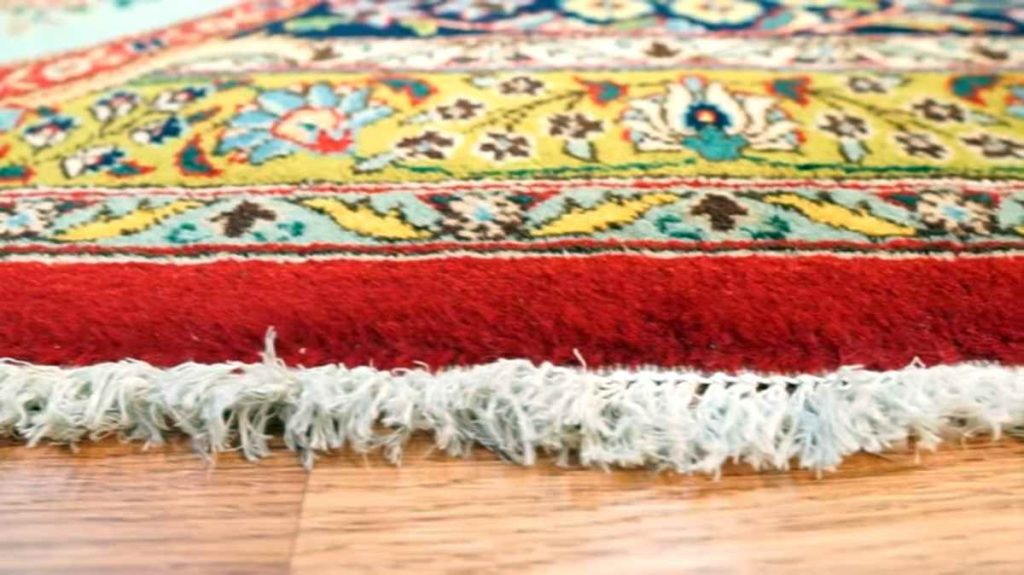
Beware of synthetic materials like polyester; these are telltale signs of a non-authentic rug. Delve into the pile and scrutinize the material composition to reveal its authenticity.
Tip 6: Examine the Fringe
The fringe or tassel is an integral part of an authentic Persian rug’s construction, seamlessly extending from the rug’s body.
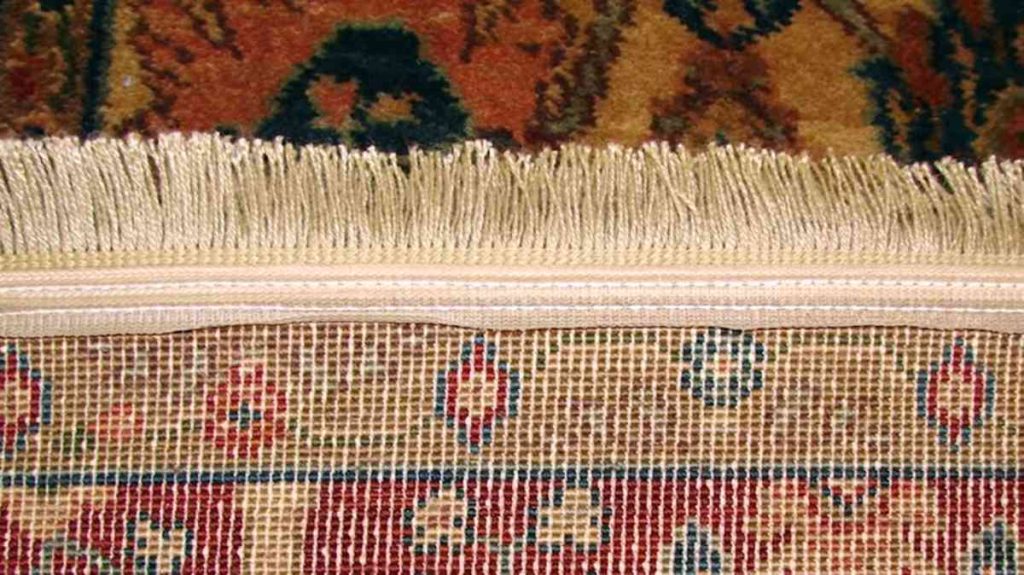
Check the back for a continuous, integrated foundation that supports the fringe. In contrast, imitations often sport fringes that appear added after production or lack them altogether.
Tip 7: Natural Dye Colors
Authentic Persian rugs derive rich colors from natural dyes from plants or animals. These dyes offer vibrant hues that resist bleeding when dampened.
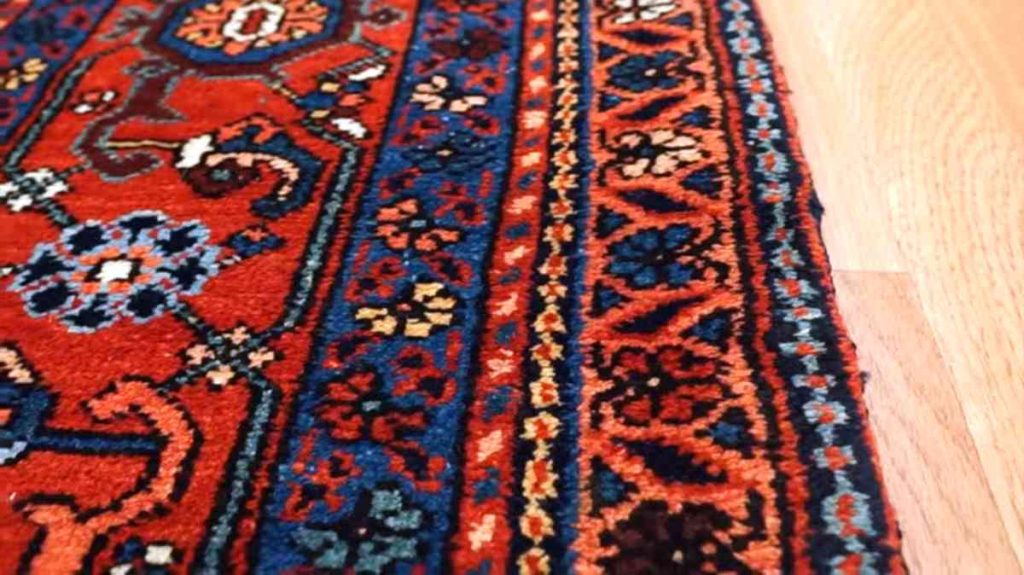
In contrast, chemical-dyed imitations may exhibit color bleeding upon contact with moisture. Test a small damp area to gauge the authenticity of the colors used.
Conclusion
Armed with these 7 expert tips, you’re now equipped to confidently differentiate authentic Persian rugs from fake persian rugs. The journey of acquiring a genuine piece of Persian artistry is a rewarding one.
Remember, each rug holds a story of its own, crafted by skilled hands, and adorned with the heritage of centuries.

I am Zuhe Honorata Ejsmont, I have over 8 years of experience working with rugs and carpets, and I enjoy sharing what I’ve learned through my blog. I’m passionate about helping people find the perfect rug to fit their style and needs. I focus on clear, easy-to-understand advice about different materials, designs, and care tips.
Currently, I serve as a co-founder of WhatsMyRugsize.com. When I’m not writing, I love exploring local markets to discover unique rugs and adding new touches to my own home.